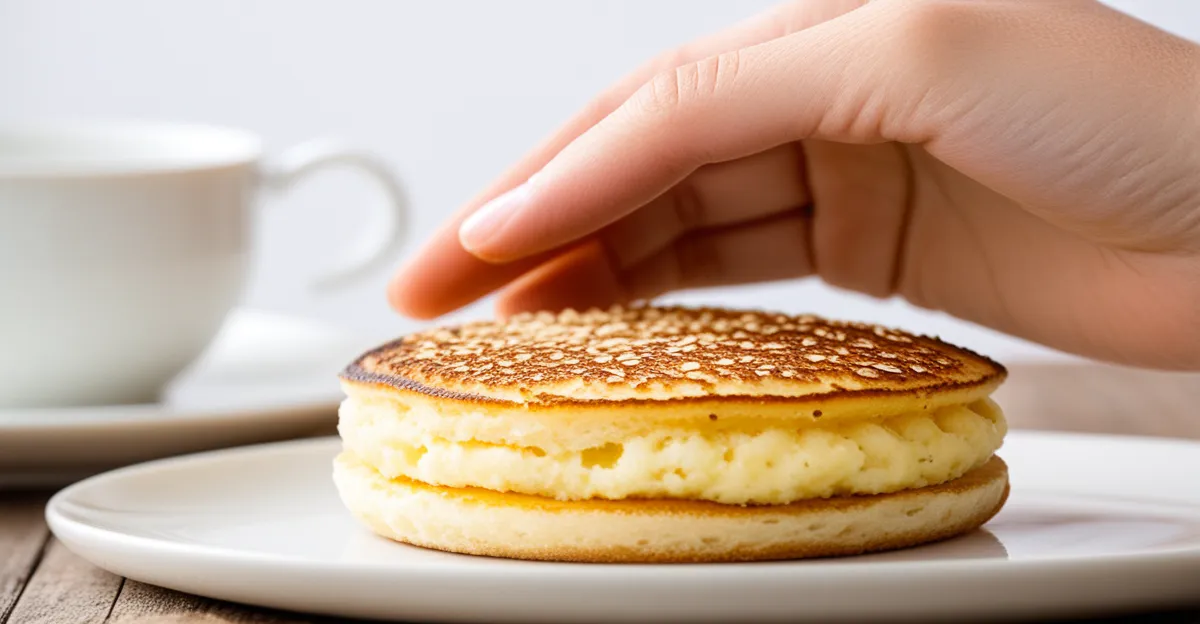Essential Techniques for Light and Fluffy Crumpets
Achieving light and fluffy crumpets hinges on mastering key baking techniques that influence the crumpet texture. First, proper batter consistency is crucial. A batter that is too thick results in dense crumpets, while a batter too thin won’t hold the bubbles needed for that airy structure. Aim for a consistency similar to thick pancake batter, allowing bubbles to form and expand during cooking.
Proofing and rest time impact the rise and texture profoundly. Adequate rest allows the yeast to ferment, producing carbon dioxide that creates air pockets, essential for softness. Insufficient proofing often leads to flat or tough crumpets.
Also read : What are the best herbs and spices for enhancing British cuisine?
Cooking temperature and timing must be carefully controlled. Use moderate heat to cook crumpets evenly without burning the bottoms or leaving raw centers. Cooking too fast collapses bubbles, compromising the fluffy texture. Patience during cooking helps bubbles solidify into the desired porous structure, ensuring the signature lightness.
These baking techniques, when combined, form the foundation for consistently successful, soft, and airy crumpets that delight.
Also to read : How do you make a light and airy Yorkshire pudding?
Ingredient Selection for Crumpet Success
Choosing the best flour for crumpets is key to achieving the ideal crumpet texture. A high-protein bread flour provides structure and chewiness, supporting the formation of the signature holes while retaining softness. Using all-purpose flour can work but may yield slightly less airy crumpets. Avoid overly fine cake flours, which often produce weak structure and dense crumpets.
The yeast for crumpets plays an essential role as the primary leavening agent. Active dry yeast or instant yeast can be used, but yeast freshness is critical for consistent rise and bubble formation. Proper yeast activation ensures production of carbon dioxide, which inflates the batter and forms those classic porous crumpet holes.
Regarding crumpet ingredients, balancing liquid and dry ratios is crucial. A higher hydration level in the batter encourages bubble formation and softness. Typically, a ratio approaching 1:1 by weight of liquid to flour works well, but slight adjustments may be needed depending on the specific flour’s absorbency.
For optimal results, selecting quality ingredients tailored to these considerations is fundamental in crafting light and fluffy crumpets with that irresistible texture.





